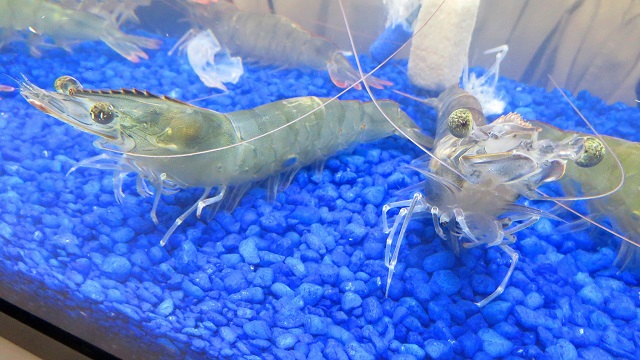
News
Industry update
Technology
Management
NaturalShrimp closes deal on Hydrenesis acquisition
September 6, 2021 By Nestor Arellano
 Photo: NaturalShrimp Inc.
Photo: NaturalShrimp Inc. Six months after announcing its plans to purchase a water treatment company, NaturalShrimp Inc., said it has finally closed the deal on its acquisition of Hydrenesis Aquaculture, LLC .
The US $12.5 million purchase of Hydrenesis’ assets is part of the recirculating aquaculture system (RAS) company’s strategy to use Hydrenesis’ technology to gain an early foothold on on the promising disease control market. Hydrenesis’ technology uses a form of reduction-oxidation (Redox) which produces an electro-chemical reaction that reduces harmful metals in water.
“Global demand for solutions within the aquaculture industry have afforded companies the opportunity to become leaders of innovation,” according to David Antelo, CEO of Hydrenesis.
“The acquisition is expected to act as a major growth driver for NaturalShrimp, opening the door for expansion of our platform technologies into additional worldwide seafood markets, including salmon, barramundi, and other freshwater fish,” said Gerald Easterling, CEO of NaturalShrimp.
“As long-term partners with Hydrenesis, we can immediately begin integration and deployment of the technology in our shrimp hatchery and nursery systems without interruption, and the acquisition is expected to be accretive to operations and earnings in fiscal year 2022,” he added.
In January this year, the two companies collaborated on a $25 million project to build an indoor shrimp production facility in northern Florida.
NaturalShrimp wants to expand the commercialization of Hydrenesis’ technology to cover more species including salmon, tilapia, barramundi, and other freshwater fish. Easterling said his company will file additional patents around the application of electrocoagulation (EC) and Hydrenesis’ Redox technology. EC is a water treatment technology which removes suspended solids, heavy metals, oils, bacteria an other contaminants from water.
“Extending commercialization of Hydrenesis technologies to additional species applications expands our addressable markets into the $17 billion global salmon market and other farmed freshwater fish. Demand for barramundi and tilapia continues to increase in the U.S., China, and other countries as consumers seek unique and sustainable fish options. The technology also expands our licensing opportunities, and we expect to file additional patents around the expansion of the application and use of the combined EC and Hydrenesis technology. Integrating Hydrenesis technology into our patented proprietary technologies will further advance our growth strategy and drive long-term value creation for our shareholders.”
Print this page